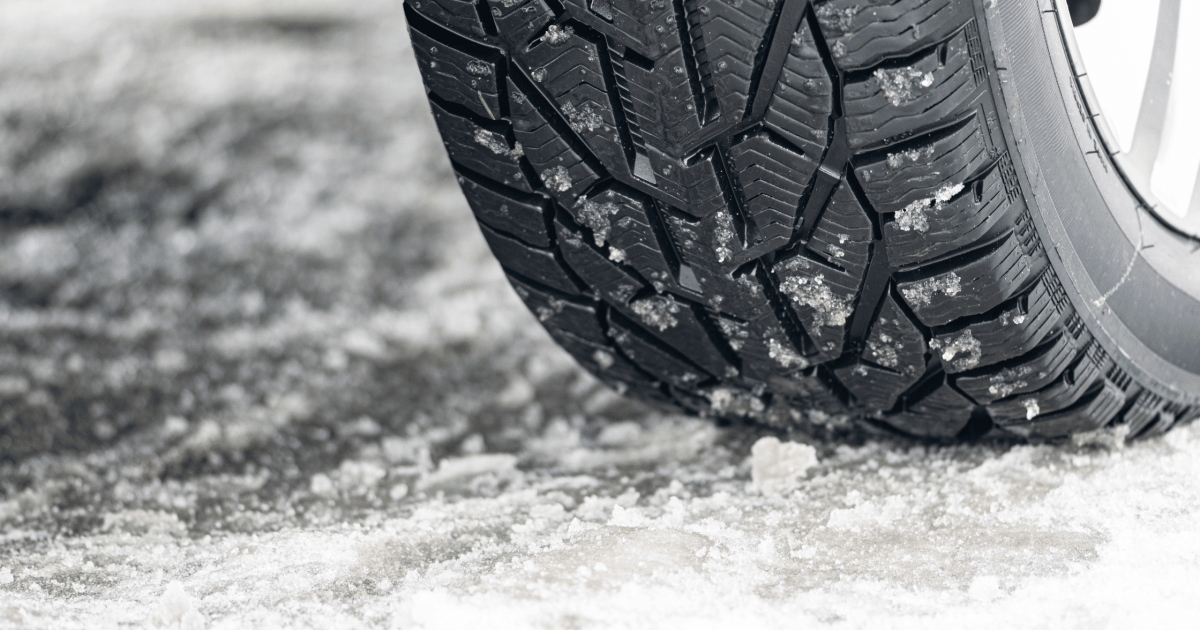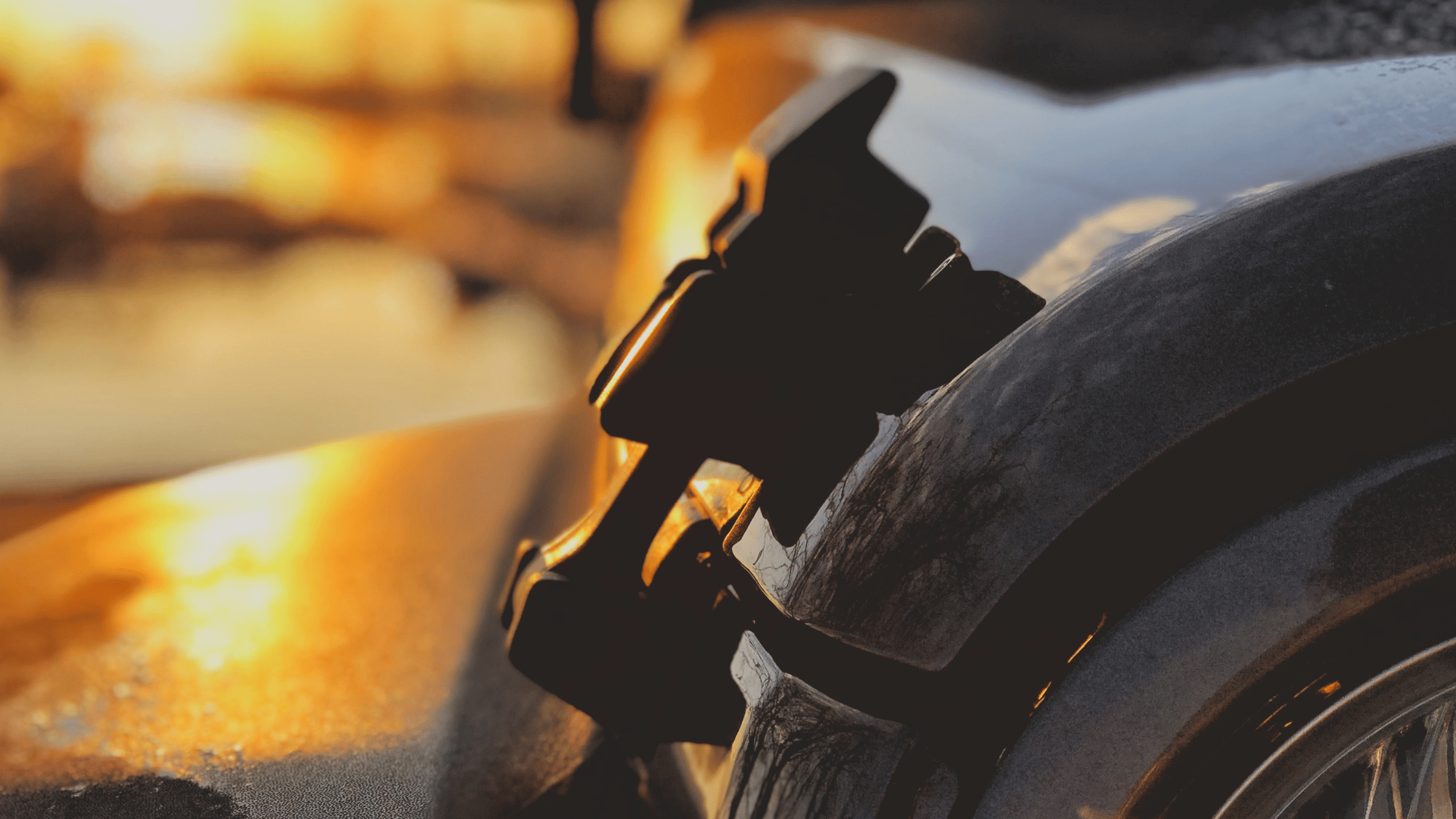Winter in Minneapolis doesn’t just bring snow—it brings road salt, and lots of it. While salt helps keep roads safer by melting ice, it’s a nightmare for your car’s exterior, undercarriage, and even interior. Without the right protection, salt buildup leads to rust, corrosion, and premature aging, turning your once-pristine ride into a rust bucket before spring even arrives. But don’t worry—by taking a few proactive steps, you can protect your car from road salt all winter long.
Why Road Salt is a Threat to Your Car
Road salt is corrosive by nature. It doesn’t just sit on your car—it actively reacts with metal, accelerating rust and eating away at protective coatings. It gets into every crack and crevice, from your wheel wells to your undercarriage, and once it starts causing damage, it doesn’t stop. Even inside your car, salt can seep into carpets and upholstery, leaving stubborn stains and breaking down fibers over time.
The good news? A strong winter detailing routine can stop salt damage before it starts.
Pre-Winter Protection: How to Prepare Your Car
The best way to deal with road salt is to protect your car before winter even starts. Think of it like winterizing your home—you wouldn’t wait for the first freeze to seal your windows, so don’t wait for the first snowfall to shield your vehicle.
Apply a Ceramic Coating or High-Quality Wax
A ceramic coating or high-end synthetic wax creates a protective barrier on your car’s paint, making it harder for salt to stick and easier to wash off. This extra layer of protection also adds a glossy shine that holds up even against harsh winter weather.
Rustproof Your Undercarriage
Your undercarriage is the most vulnerable part of your car in the winter—it’s where salt accumulates the most. An undercoating or rustproofing treatment adds a protective shield, keeping moisture and salt from settling in and starting corrosion.
Upgrade to Rubber Floor Mats
Carpets and salt don’t mix. When salt-laden snow melts off your shoes and soaks into fabric mats, it leaves behind stubborn white stains and breaks down the fibers. Rubber mats act as a waterproof shield, keeping moisture contained and easy to clean.
Seal Your Paint and Windows
Hydrophobic coatings on your paint and windows repel water, which means less salt residue clinging to your vehicle. It’s a simple yet effective way to keep your car looking fresh through the winter months.
Winter Car Care: Best Practices for Protecting Against Road Salt
Even with pre-winter protection, you need to maintain your car throughout the season to keep salt buildup at bay.
Wash Your Car Regularly (Yes, Even in Winter!)
Washing your car in freezing temps might sound like a hassle, but letting salt sit on your paint and undercarriage for weeks is far worse. Use a touchless wash or a professional mobile detailing service to ensure salt is properly removed without the risk of scratches or damage.
Focus on the Undercarriage
Your undercarriage takes the most abuse from road salt. If you’re washing your car at home, use a pressure washer or hose attachment to flush out salt from wheel wells, suspension components, and exhaust pipes.
Wipe Down Doors and Wheel Wells
Salt buildup isn’t just limited to the undercarriage. The bottoms of your doors and inside your wheel wells can collect layers of salty grime. A quick wipe-down after a drive through slushy roads can prevent long-term damage.
Don’t Park in a Heated Garage (If Your Car is Covered in Salt!)
It seems counterintuitive, but heated garages can accelerate corrosion when your car is covered in salt. If you must park indoors, rinse off as much salt as possible beforehand.
Removing Road Salt: Interior & Exterior Care
Despite your best efforts, some salt will still find its way onto your vehicle. Here’s how to remove it before it causes damage.
Exterior: Rinse & Neutralize Salt Residue
Use a pH-balanced car shampoo that neutralizes salt without stripping wax or ceramic coatings. A mid-winter detail can restore your vehicle’s finish and refresh your paint protection.
Interior: Deep Clean Your Carpets
Salt stains on carpets are notoriously tough. A mix of white vinegar and water can help dissolve salt buildup, but for stubborn stains, a professional steam cleaning is the best option.
Windows & Mirrors: Prevent Residue Buildup
A streak-free glass cleaner keeps salt residue from building up on your windows and mirrors, ensuring clear visibility even on the saltiest roads.
FAQs About Road Salt & Car Protection
How often should I wash my car in winter?
Ideally, every two weeks—or more often if there’s been heavy snowfall and road treatment.
Is waxing my car enough to protect against road salt?
Wax helps, but for long-term winter protection, ceramic coatings or paint sealants offer better durability.
What if I don’t have access to an undercarriage wash?
Use a hose with a high-pressure nozzle to flush out salt from wheel wells and suspension areas.
Can road salt damage brake lines and suspension?
Yes! Salt buildup can lead to corrosion on brake lines, suspension components, and exhaust systems if left unchecked.
Keep Your Car Salt-Free All Winter
Road salt is unavoidable in Minneapolis, but salt damage doesn’t have to be. By applying protective coatings before winter, keeping up with regular washes, and addressing salt buildup quickly, you can extend the life of your car and keep it looking showroom-fresh all season long.
Need a professional winter detail that protects against salt and corrosion? Showroom Shine Specialists offers mobile detailing services designed for winter protection. Book an appointment today and keep your car looking its best all winter long.





